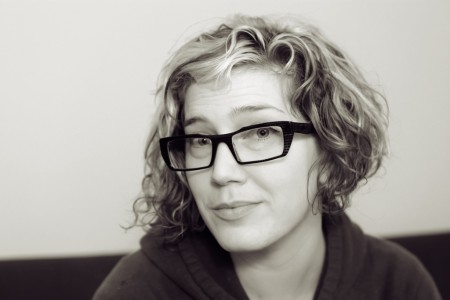On Tuesday, I was in the Ottawa Hospital for what turned out to be the final x-ray for my broken clavicle (there comes a point when checking on progress isn’t worth the time and radiation exposure). I brought along my camera to photograph the x-ray on screen. While I was going from station to station with paperwork, it occurred to me that photographing a hospital with official permission would be fascinating and would have artistic and historical importance.
People assume that there is no need to document how things are now, since they will always basically be this way. But that simply isn’t true. Photos of hospitals from the 1950s are interesting today, and they have historical importance. They show how we treated people who were injured, sick, or dying at that point in time – which is an important reflection on a society or civilization as a whole.
If you had official permission, you could get amazing access. Of course, you would also need to get releases from any patients, visitors, and staff you photographed. In the end, though, you would have some solid information on the state of Ontario’s medical system at this juncture in time.
I don’t have time for such a project at the moment, but it is something for my ‘someday/maybe’ to do list.


I spent 12 hours in a very crowded emergency ward in Royal Victoria Hospital two years ago. It was fascinating. It was overcrowded with a number of people in distress. I was particularly impressed by the charge nurse who was responsible for the general operation of the unit. He had to deal with prioritizing cases and allocating resources. He also had to frequently explain to patients and their families why their needs or wants could not be met right away. He did so in a respectful way, flipping between French and English without skipping a beat. I was very impressed. I Other staff told me that this was an usual day and performance for him. Hats off to him and others who function well in such a setting.
Although I did not take pictures, I have a mental video in my head.